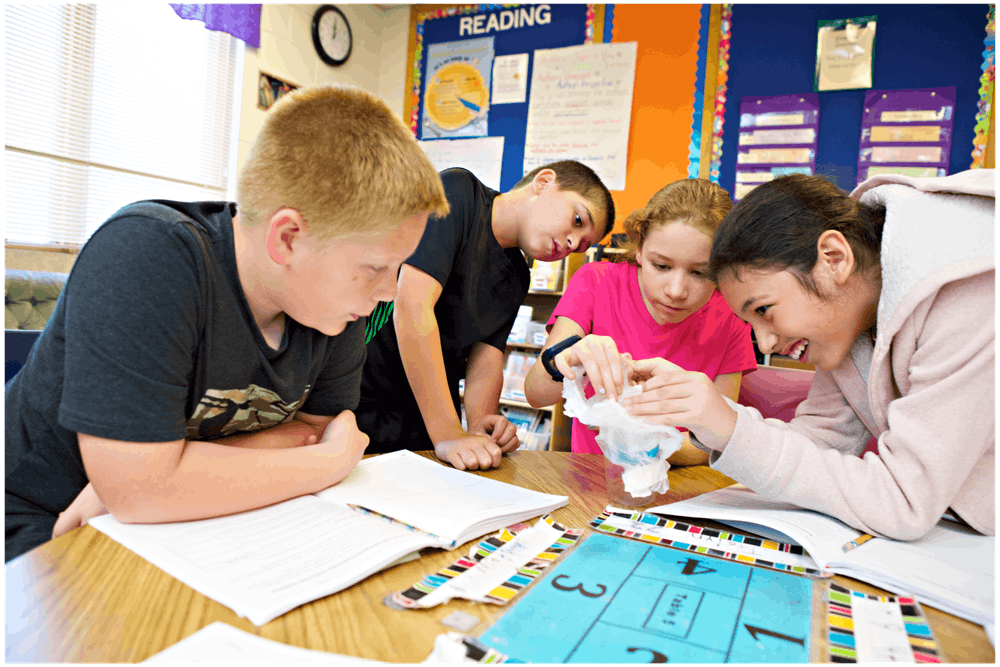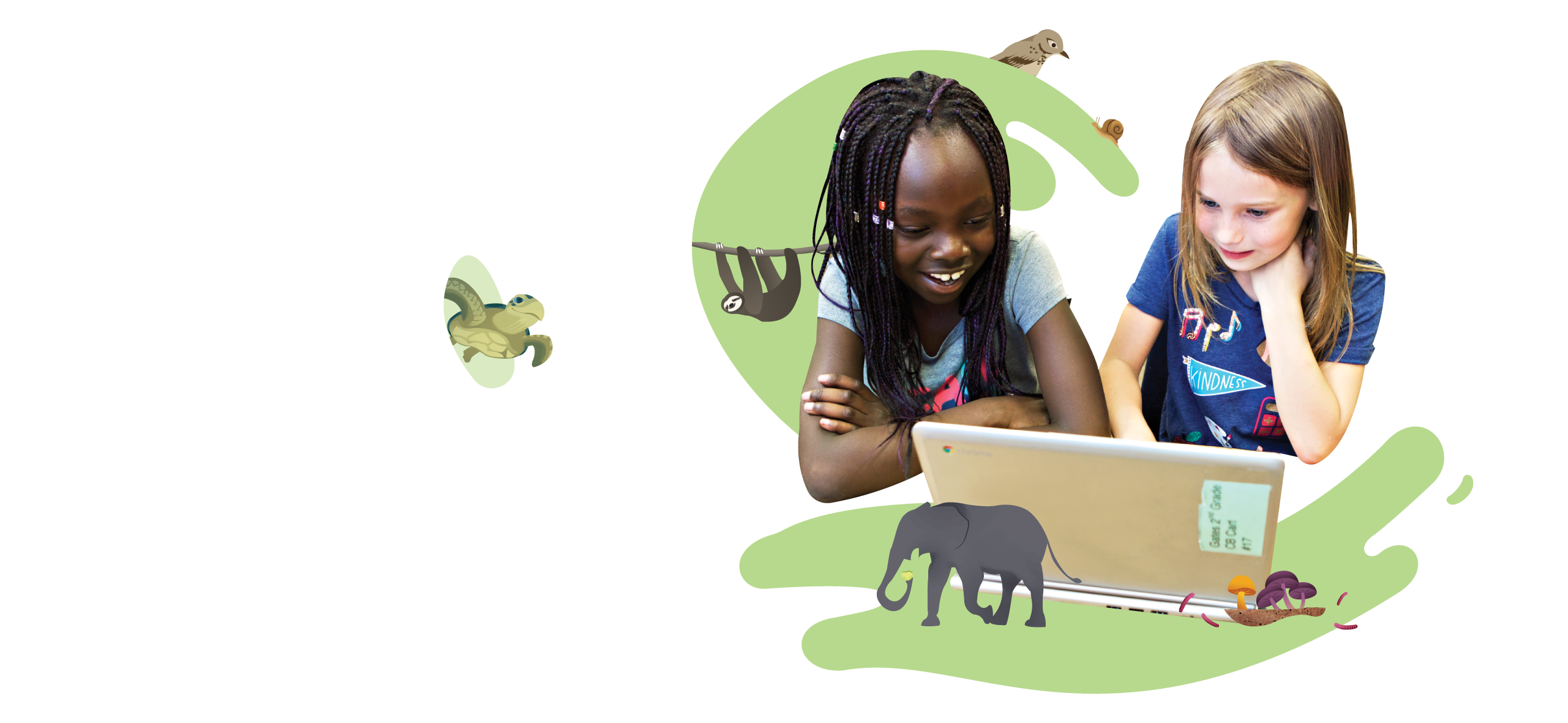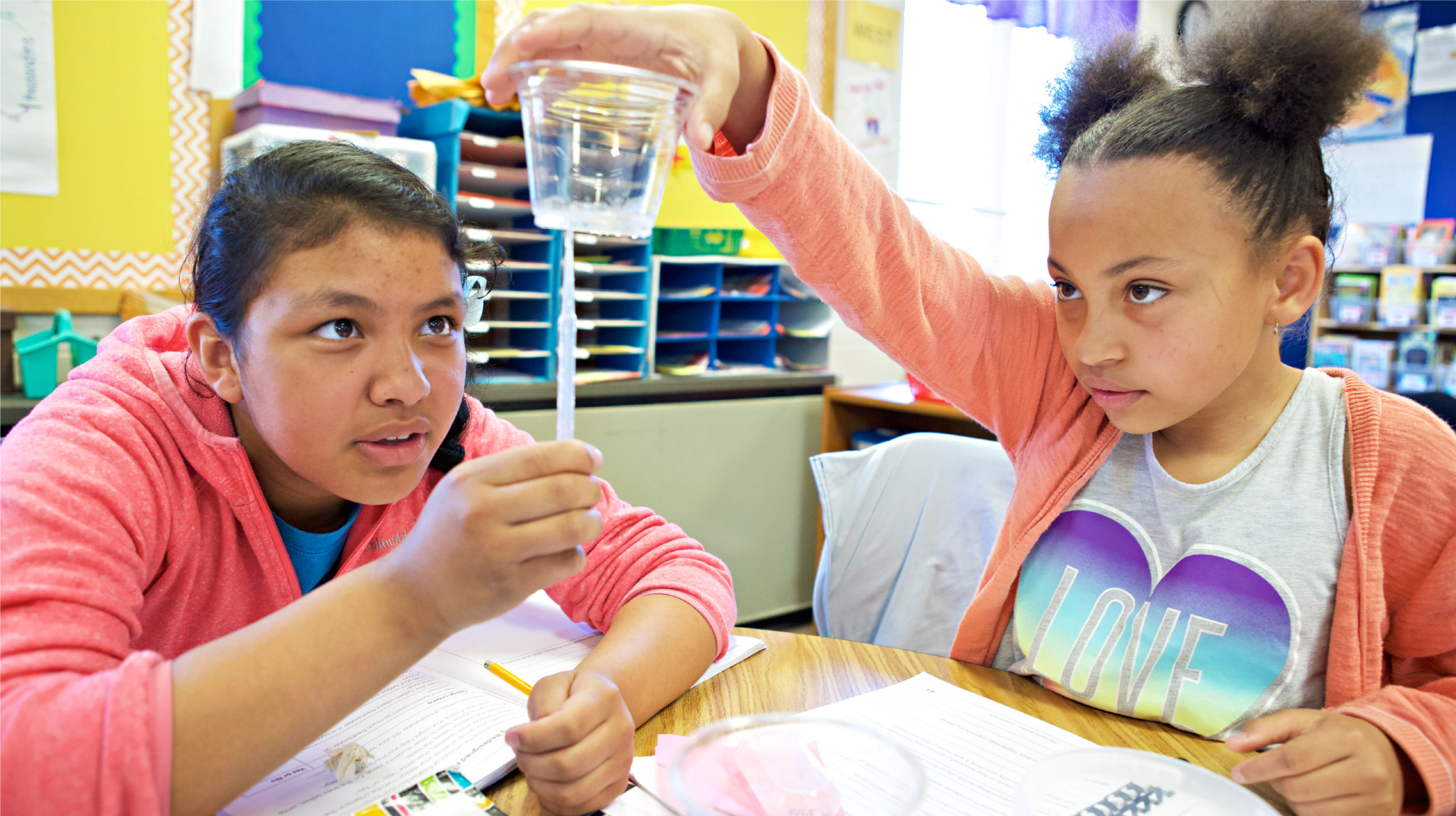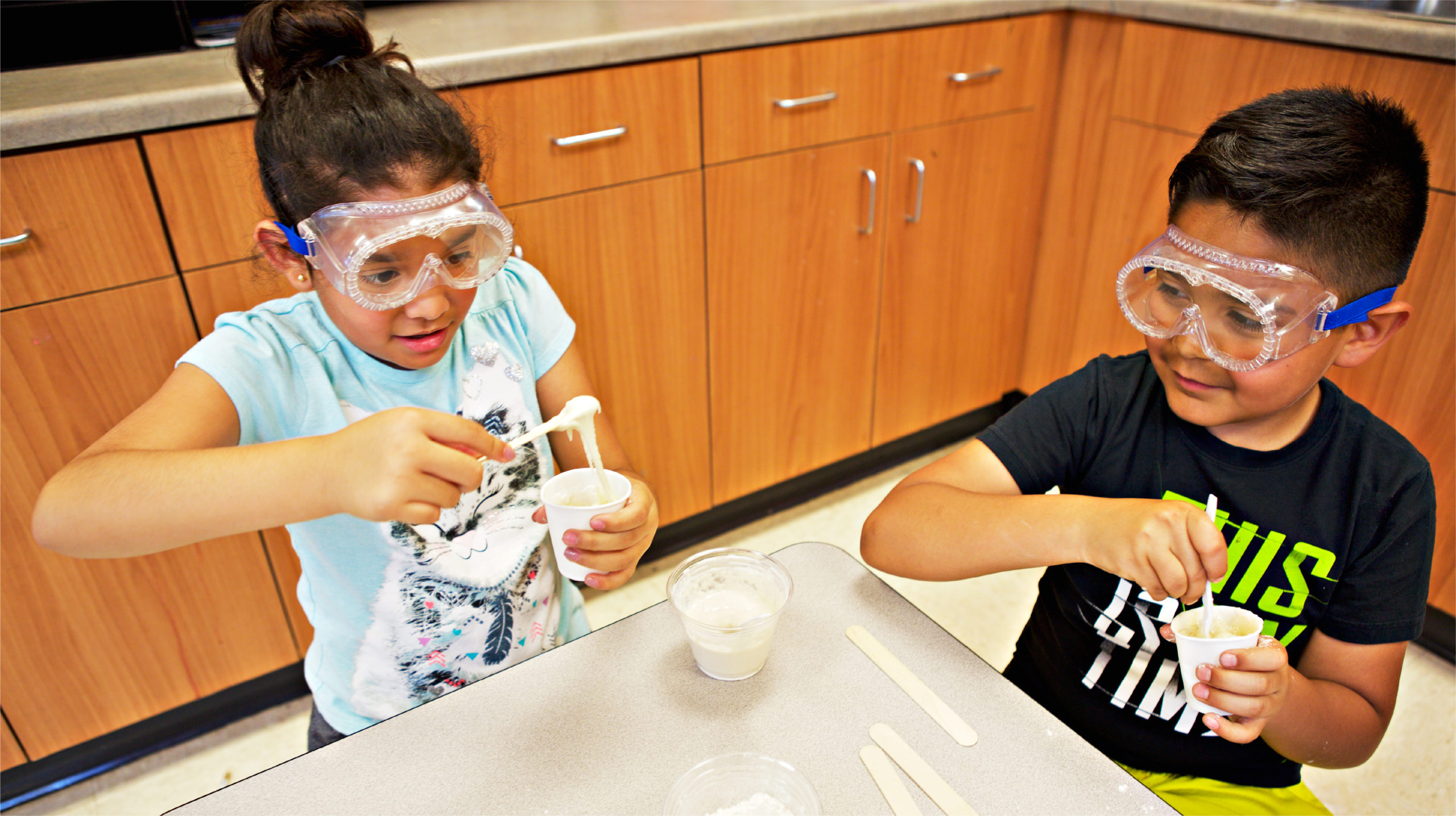Watch this short video below for a quick guide to reviewing your science materials, then explore how our approach shapes your Indiana students into scientists and engineers.
View Indiana correlations and recommended scope and sequence
Connect with our product experts
Ready to talk to sales? We're here to help!
Contact information

For your review: Amplify Science K–5 sample materials
Amplify Science is built from the ground up for three-dimensional learning. Below you’ll find samples and resources to guide you in your review.
Explore our sample print materials
Grade Kindergarten
Grade 1
Animal and Plant Defenses

Grade 2
Grade 3
Grade 4
Energy Conversions
Companion Lesson
Amplify Science was designed from the ground up to meet 100% of the NGSS, a set of standards that closely align with the K–12 Science Indiana Academic Standards. To ensure full coverage of the Science Indiana Academic Standards, grade 4 teachers should use the following companion lesson in conjunction with the Energy Conversions unit.
Companion lesson: Simple Machines
Standard covered in this lesson: 4-PS2-1: Investigate how multiple simple machines work together to perform everyday tasks
Recommended placement: Following Lesson 4.6 of Energy Conversions
Materials:Simple Machines Classroom Slides, Teacher Resource, and Student Sheet (Possible Responses)

Grade 5
Additional features



For your review: Amplify Science 6–8 sample materials
Amplify Science is built from the ground up for three-dimensional learning. Below you’ll find samples and resources to guide you in your review.
See how it works

Explore the digital program

Explore sample print materials
Grade 6
Grade 7
Grade 8
Additional features



Welcome, Indiana reviewers! We're so glad you're here.
Watch this short video below for a quick guide to reviewing your science materials, then explore how our approach shapes your Indiana students into scientists and engineers.
View Indiana correlations and recommended scope and sequence
Watch this first to help guide your review.

Amplify Science is backed by gold-standard research.
UC Berkeley’s Lawrence Hall of Science, the authors behind Amplify Science, developed the Do, Talk, Read, Write, Visualize approach, and gold-standard research shows that it works. Our own efficacy research is pretty exciting, too.

Hands-on learning is an essential part of Amplify Science for Indiana.
Hands-on learning is integrated into every unit through hands-on investigations that are critical to achieving the unit’s learning goals and deepening students’ understanding of the unit phenomena.
As part of Amplify Science’s Animal and Plant Relationships unit, students take on the role of plant scientists to figure out why there are no new chalta trees growing in the Bengal Tiger Reserve in India. In this video featuring Lesson 3.2, second-grade students from Chicago Public Schools are engaging with a hands-on model in which they simulate animal dispersal of seeds, measure how many seeds were dispersed to places where the seeds are likely to grow, and analyze their results.

Let's immerse Indiana students in reading, writing, and arguing like real scientists and engineers.
Literacy is an integral part of science. While practicing scientists actively investigate the natural world, large parts of their investigations involve reading, writing, listening, and speaking.
For science that's too small, large, slow, distant, dangerous, or difficult to see or manipulate directly.
Developed exclusively for Amplify Science, digital simulations are interactive, virtual worlds that allow students to discover and construct understanding of science concepts and phenomena. Sims provide opportunities to explore scientific phenomena that might otherwise be challenging to investigate because they are too small, large, slow, distant, dangerous, or difficult to manipulate directly.
What sets Amplify Science apart for Indiana.
